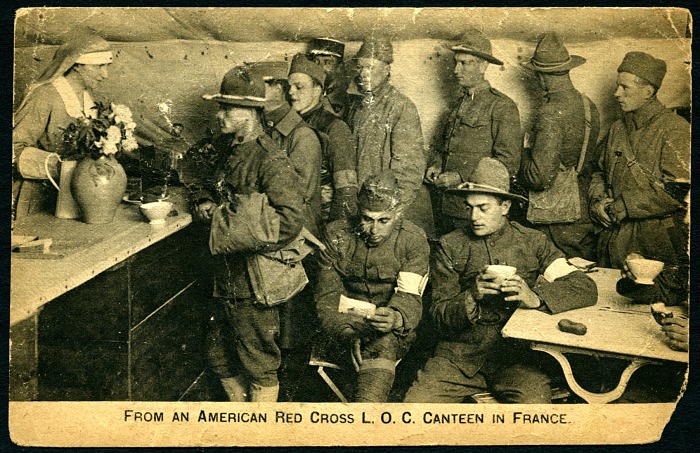
World War I began with a desperate act of nationalist fervor that resounded throughout the empires of Germany, Austro-Hungary, Russia, and Turkey. Feverish nationalism was at the root of the conflict, but long-held rivalries between these giants and Great Britain and France to maintain and further their empires were also major causes. While Germany and Austria-Hungary (the Central Powers) together created the conditions for conflict, Germany planned a war of aggression in its determination to become the dominant power on the Continent and the sea.
Germany had allied itself with Austria-Hungary after deliberately rejecting a renewed treaty with Russia. She began to build-up her navy, knowing that this would alarm Great Britain. France, Russia, and Britain (along with Britain’s commonwealth and colonial partners) united in defense against Germany. So, as they would in World War II, the Germans waged the war on both the western and eastern fronts.
The widespread Ottoman Turkish Empire that had controlled the Middle East, North Africa, and parts of southeastern Europe was also part of this conflict. Confronted unsuccessfully by the Allies in the Gallipoli Campaign of 1915, it disintegrated from within.
Unrestricted German submarine warfare in the Atlantic finally propelled the United States into the fight in 1917. In the midst of this world conflict, Russia overthrew its own Tsar. The Austro-Hungarian Empire also disintegrated as a consequence of the war. And when Germany erupted with its own internal revolution, the armistice was signed on November 11, 1918.
References
Sheffield, Dr. Gary. “The Origins of World War One,” bbc.co.uk/history/war/wwone.
The Concise Columbia Encyclopedia, third ed. Columbia University Press, 1994.
